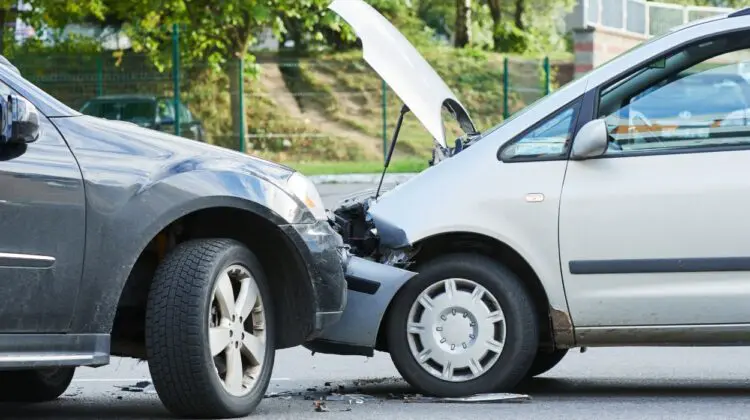Behind the scenes and on the streets, Naperville traffic engineers and police are working consistently to decrease crashes, officials said during a traffic safety webinar the city hosted Wednesday.
And although police often hear the perception that “the roadways are more dangerous than they’ve ever been,” Chief Jason Arres said data show that isn’t the case.
The city saw 721 fewer crashes in 2024 than in the last pre-COVID year of 2019, with 3,256 total collisions reported last year, compared to 3,977 five years prior. The city already has engineering, enforcement and education efforts underway to strive toward a goal of zero crashes, Arres said. But that won’t be possible without the public’s help, he said.
“The only true measure of what’s going to help us stop (crashes) is for every one of us who’s given the privilege to drive to truly make a conscientious effort to follow the rules of the road,” Arres said.
Crash conditions and complaints
The most common causes of crashes in Naperville are failure to reduce speed, failure to yield the right of way and improper lane usage, said Sgt. Derek Zook, who leads the police department’s traffic unit. Most crashes from these causes occur along the city’s busiest roads, including Route 59, Washington Street, Ogden Avenue, 75th Street and Naper Boulevard.
Yet the city gets the most speeding- and traffic-related complaints from residential areas — typically concerns people see out of their own front windows, said Zook and Andy Hynes with the city’s transportation, engineering and development department.
Steps to preventing crashes, addressing traffic concerns
When the city receives a traffic complaint — which residents can file through the online Help Center — Hynes said it’s assigned to his team for review.
Traffic engineers study vehicle volume and speed at the affected location before determining if conditions meet criteria for modifications. When needed, the city will implement the simplest applicable step from its traffic calming toolkit to remind drivers to follow speed limits and rules, Hynes said.
The more detail residents can provide when lodging complaints, the better, Arres said.
“The better you can drill down for us,” he said — about the specific hours when speeding occurs or the specific days when drivers disregard rules — “the better we can deploy our people to help that problem.”
Want safer roads? Drive like this:
Police offered a few tips drivers can follow to help avoid collisions:
Leave space: Crashes categorized under “failure to reduce speed” often result more from one driver following another too closely than from a true excess of speed, Zook said. So leave a gap between vehicles and minimize distractions, he advised. “If you maintain that three-second rule from the car in front of you, and that car stops suddenly, then you should avoid that crash,” Zook said.
Wait for left turns: It’s always safest to stay behind the painted stop bar at the intersection when waiting to turn left, Zook said. But if you’re already past it, Arres said, don’t panic and turn just to get out of the way. He said it’s critical to make sure all oncoming traffic — even in the far lane — has stopped on red before turning. This will help avoid T-bone crashes categorized as “failure to yield,” which Zook said often cause injuries.
Merge carefully: Turning on a blinker doesn’t automatically give a driver the right to switch lanes, Zook said. Drivers still must make sure not to move into any cars already in the other lane to avoid an “improper lane usage” crash or citation. “It’s prudent upon you to speed up or slow down to make that merge effective,” Zook said.
If you have a story idea, we want to hear from you!










